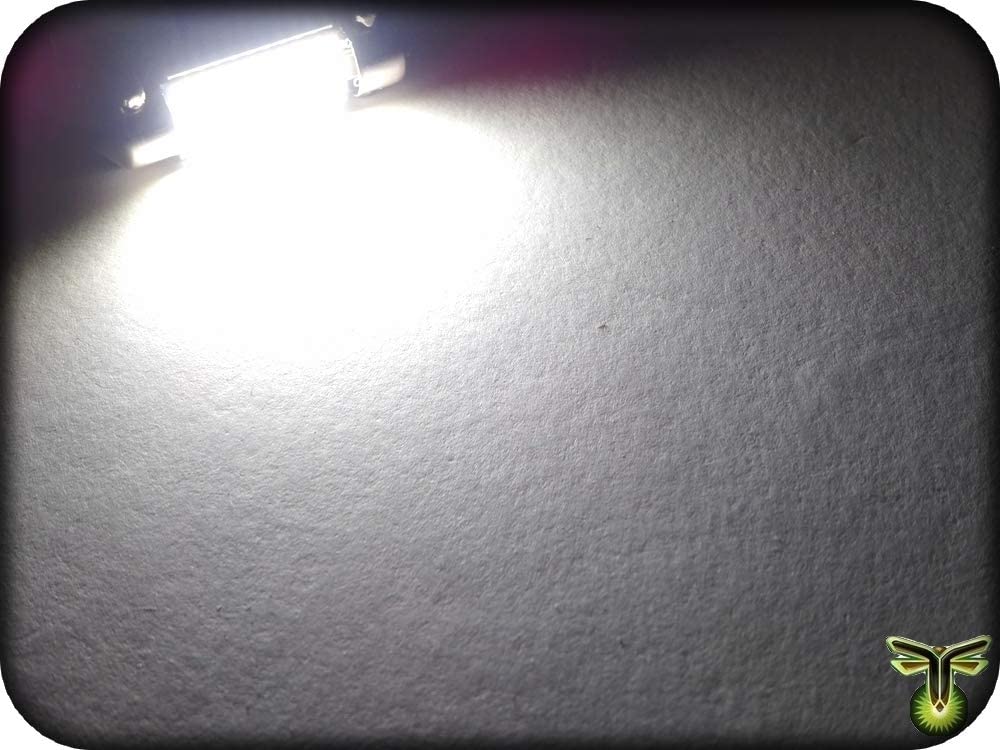There can never be a total elimination of stray light. Even so, it is sometimes possible to reduce it to a manageable level. The term optical noise can also be used to describe stray light.
By designing the optomechanical system correctly, optical noise can also be reduced, just like electrical or acoustic noise.
By the end of this article, you will see examples of how straight shots and ghosting can be avoided.
Causes of stray light
Ghost images are images of bright sources of light that appear out-of-focus or ghostly. Ghost images are created when surfaces of lenses reflect light.
Light reflections from lens surfaces must be even to cause ghosting. A ghost with a reflection of two or four reflections, etc., is a reflection ghost.
Stray light can be caused by many factors.
- Several sources of scattering light can be detected in imaging systems. The normal severity levels of these problems follow though the order may vary depending on the optical system utilized.
- “Straight shots” are mainly used in reflective systems
- Ghosting in optical systems and windows
- Light is reflected if a detector has a highly reflective surface or the baffle design is not the best.
- Due to an imperfect baffle design, stray light is multiplied and scattered multiple times.
The Cassegrain-type telescope tube may be too short or the central obstruction too large to generate straight shots. A stray beam of light can enter the telescope, travel through the hole in the primary mirror, send a path through the secondary mirror, and strike the focus plane directly. A telescope that is exposed to sunlight can be damaged by stray light of this type.
Eliminating Stray Light
Here’s one of the essential methods of stray light reduction.
An image is captured by the detector when rays enter the field of view of a telescope. How will the scenario change if an out-of-field source is introduced?
An out-of-field source is not imaged by either a primary or secondary mirror before it reaches the detector. Only baffles can prevent straight shots from being taken from the telescope.
It is necessary to trace three bundles of rays in this case to create the correct baffles. The primary, secondary, and detector are all filled with rays along an axis.
Trackback another ray bundle to the secondary from the detector. Last but not least, we have to consider the field of view.
To make the baffles larger, the FOV rays from outside the field of view are crucial. To protect these ray bundles, there will need to be a primary and secondary baffle. The second balustrade vignettes the off-axis bundle of rays.
Typically, such a baffle is created by starting on the outer side of the secondary mirror and outstretched so that it reaches the end of the ray bundle’s outside.
After creating the primary baffle, extrude a tube within the primary ring that will fit within the outside FOV ray bundle and then check whether any of these rays fall on the on-axis or detector-traced rays. In this Cassegrain system, straight shots are eliminated using the correct primary and secondary baffles.

